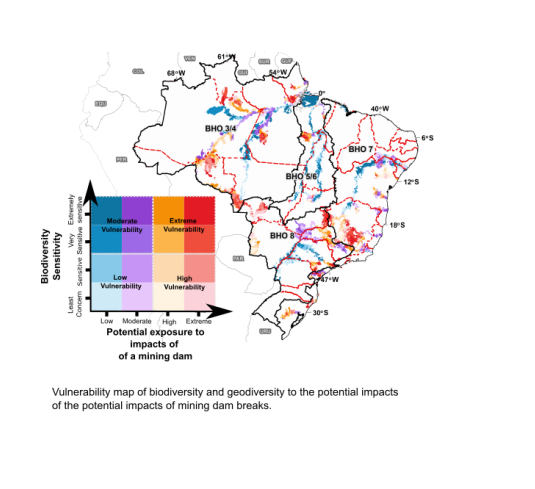Satellites and aircrafts play a crucial role in gathering environmental data from the distance, helping us to better understand our climate and ecosystems. Remote sensing, often conducted from aircraft, balloons, or satellites, allows us to monitor large areas and remote regions over extended periods. These “eyes in the sky” are invaluable complements to land-based observations, helping us understand ocean and air currents, land cover changes, and climate change. However, animals also possess extraordinary senses and a unique ability to detect changes in their habitats. By combining animal capabilities with remote sensing technologies, GAIA aims at enhancing our ability to monitor and understand our planet. Animals have superior sensory abilities and behavioural strategies that enable them to sense subtle and dramatic changes in their ecosystems, as well as to detect critical incidents. Vultures, for example, act as “sentinel species” and can elevate the concept of remote sensing to new heights. They regularly patrol vast areas in search of food, operating without emissions, additional resources, or repairs. Furthermore, their patrols are guided by their exceptional vision and the mission to find carcasses. The way they patrol, what they search for, and the incidents they lead us to may be linked to specific environmental changes and ecological events.
To fully exploit the potential of vulture-borne remote sensing, GAIA focuses on two essential aspects. Firstly, powerful tracking devices are attached to vultures to monitor their movements and behaviour on detailed temporal and spatial scales. Secondly, new technological solutions are being developed to better understand what the animals observe and do. This includes a newly developed camera tag featuring an integrated camera, artificial intelligence algorithms for behaviour detection and image recognition, and satellite uplink for real-time coverage in remote regions. With these tools, animals can capture imagery and provide data of their surroundings faster, with higher resolution and specificity than satellite imagery. This innovative approach allows us to see nature through the eyes of animals.
GAIA has adopted a minimum waste strategy: Only technical equipment that is absolutely essential is used and developed. Collars and tags either remain for long periods of time (e.g. vultures) or are collected routinely (e.g. lions) to extract data. No transmitters remain in the landscape: If a transmitter drops of or the animal carrying the tag dies, it is located and removed from the landscape. This way, the GAIA system is a “leave no trace” system with significant benefits for the ecosystems.
GAIA was able to deploy around 130 commercially available tags to vultures all across southern and East Africa. This relatively high number provided opportunity to study in great depth (both spatially and temporally) how the data from tagged sentinel species such as scavenging white-backed vultures can support ecosystem monitoring. Second, this building block is enabled by collaboration with, for example, Endangered Wildlife Trust, Kenya Bird of Prey Trust or Uganda Conservation Foundation.
The GAIA studies have proven that the sensory capabilities and intelligence of sentinel species are indeed a great asset in ecosystem monitoring. Investigating vultures and ravens and analysing data from tags carried by these “eyes in the sky” have demonstrated they are highly superior to man and machine in localising carcasses in vast landscapes and can help monitoring mortality in ecosystems. And second, the GAIA studies confirmed that high-tech approaches are a means to connect to this valuable knowledge and utilize it for monitoring, research and conservation. Modern humans have notably disconnected from nature, failing to “read” and “listen to” nature. By means of innovative AI-powered tracking technology, not only animal-borne remote sensing for research and conservation is elevated, but also a connection to nature re-established.
